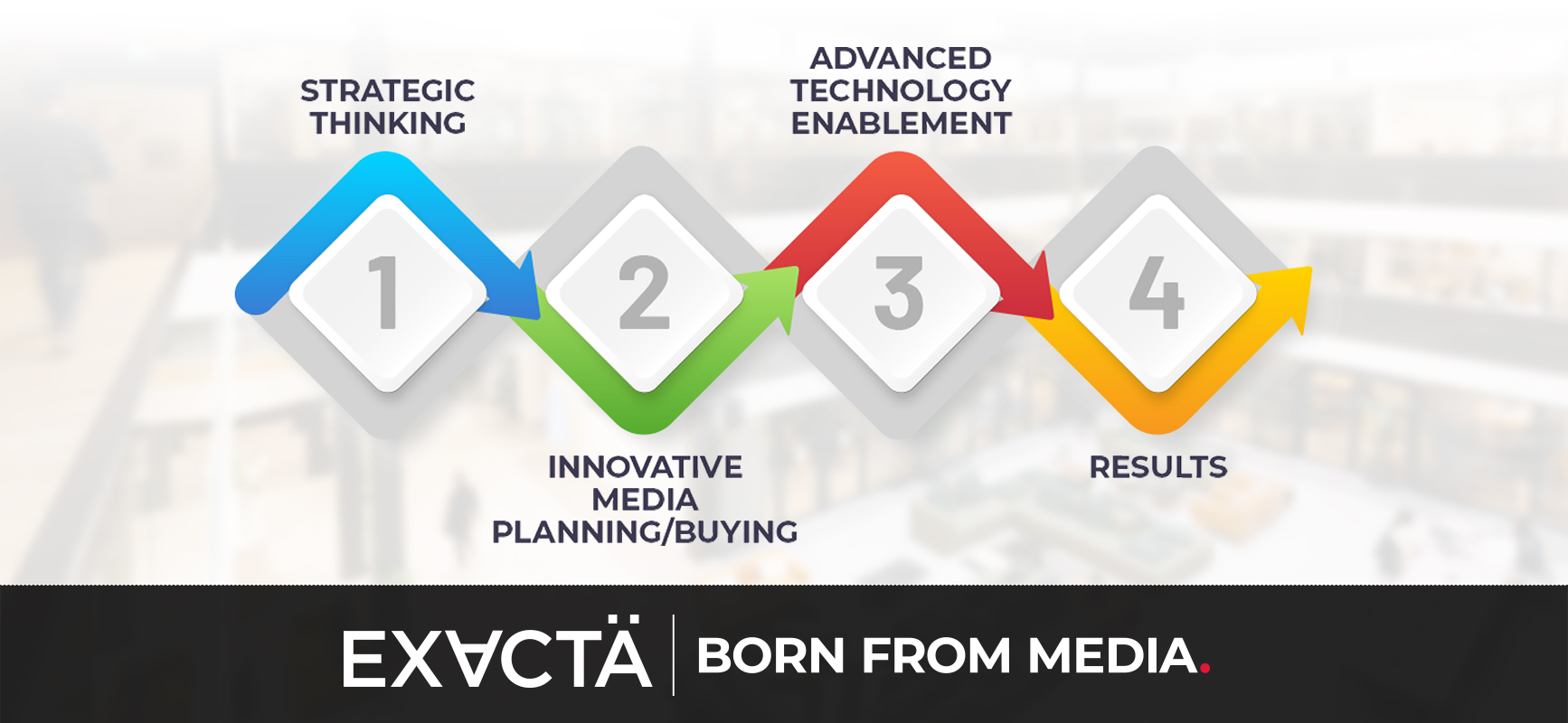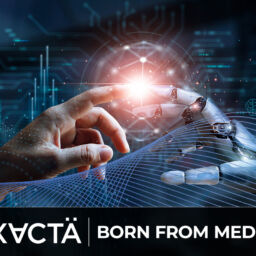
Insights from the EXACTA Media team
Google has become an indispensable tool for users to access and navigate the vast amount of information available online. The search juggernaut’s latest creation, Search Generative Experience (SGE), will use the power of artificial intelligence (AI) to transform the way we interact with search results.
SGE was announced in May 2023 and isn’t yet available to all users. Currently, there is a waitlist to try out the new feature as Google monitors its progress and gets feedback. Even though SGE is still in its experimental phase, it’s important for marketers to take note of the coming change, as it could impact advertising strategy in the future. Since we’re still looking for Google to announce new information about the program and its advertising offerings, let’s take a quick look at what we do know so far.
A paradigm shift in search
We’ve talked about search engines tapping AI to improve results and the user experience in our previous blog, Microsoft Makes a Play for Search Share with AI. There, we touched on Bard, which is Google’s Language Model for Dialogue Applications (LaMDA) technology. The new AI-powered search engine is different than Bard (more on that later) and is currently being developed as Project Magi, while the new search engine infrastructure is known as the SGE.
SGE is Google’s next step in shifting search into a more interactive and immersive process. SGE will go beyond the traditional search engine format of providing links and snippets. Instead, it generates dynamic and real-time content, delivering comprehensive information right on the search results page.
Image credit: Google

Key features of SGE
So, what makes SGE different than current Google search capabilities? Here are a few key features that are being incorporated:
Interactive content – SGE introduces interactive abilities within search results, allowing users to engage with information without leaving the search page.
Rich media integration – SGE enhances search results by incorporating rich media elements like images, videos and interactive elements. Users can enjoy a more immersive experience when exploring topics like travel destinations, DIY projects or product demonstrations, all within the search results page.
Personalization and contextualization – SGE leverages user preferences and contextual data to tailor search results. By analyzing past behavior and understanding user intent, SGE offers more relevant and personalized content.
Bard vs. SGE
To fully understand SGE, it’s essential to compare it with Bard. While both Bard and SGE utilize AI technologies, their applications differ significantly. It’s important to note that Bard isn’t being incorporated into Google search, rather Google is essentially creating a new AI-powered search which will incorporate AI answers directly into results—including ads.
Bard is a natural language processor, made to engage users in open-ended conversations. Its focus is on assisting users with queries and engaging in conversation-like interactions. On the other hand, SGE aims to enhance the search experience by transforming search results into an interactive and dynamic presentation, reducing the need for users to click on external links.
Ads in SGE
Advertisements play a crucial role in supporting free search engines like Google, as well as provide companies an important opportunity to connect with target audiences. Google’s search revenue hit almost $40 billion last quarter, and it commands about 91% of the U.S. market share. It’s vital that Google balances the user experience with revenue generation to maintain their powerful position in the search landscape. With SGE, Google is taking a user-centric approach to ad incorporation.
To do this, Google will integrate native advertising, which will look like part of the search results, but will be marked with a “sponsored” tag. This provides the transparency that users want, allowing them to know that an entry is an ad, as well as give advertisers an opportunity to appear in the AI-generated results.

In addition to native advertising, one can assume Google will be able to leverage user data and AI algorithms to improve ad targeting, displaying ads that align with user preferences and search history, allowing for more personalized advertising experiences while maintaining user privacy. There’s still a lot we don’t know about the advertising offerings for SGE, but we’ll be keeping our eyes open for more updates as they become available.
Search of the future
Google’s SGE signifies a paradigm shift in the way we will interact with search results. By the sheer number of people that use Google as their primary search engine, this change, when it launches officially, will revolutionize search of the future. By leveraging AI capabilities, SGE will enhance the search experience by providing dynamic and interactive results that allow users to dive deeper if desired. Its personalized and contextually relevant content will offer users a more immersive encounter with information.
The incorporation of ads within SGE ensures revenue generation for Google without compromising user experience. As Google continues to refine and expand SGE, users can look forward to a future where search enriches the online experience as opposed to being something to wade through before getting to the answers sought. Advertisers will appreciate still being able to appear in search results, enabling them to connect with the customer in a more comprehensive and engaging way.
Does your business need an agency partner? Learn how EXACTA MEDIA can help. We specialize in end-to-end media management from strategy through buy and optimization. Connect with our team of experts to learn more.








